
Dhanteras (or Dhana Trayodashi; ) is the first day of the Indian Diwali and Nepalese Tihar Festival. The festival is known as "Dhanatrayodashi" or "Dhanvantari Trayodashi". It is celebrated on the thirteenth lunar day of Krishna Paksha (dark fortnight) in the Vikram Samvat Hindu calendar month of Ashwin.
Dhanvantari is worshipped on the occasion of Dhanvantari Trayodashi. Dhanvantari is considered to be the teacher of all physicians and the originator of Ayurveda.
Although Dhanteras has become associated with wealth and people buy gold or silver jewellery and utensils on this day, there is no association of either wealth or gold with Dhanvantari, who is a provider of good health rather than wealth.
On the day of Dhanteras, business premises are renovated and decorated. Entrances are made colorful with lanterns and traditional motifs of Rangoli designs to welcome the Goddess of Wealth and Prosperity. To indicate her long-awaited arrival, small footprints are drawn with rice flour and vermilion powder all over the houses. Lamps are kept burning all through the night.
On Dhanteras Hindus consider it auspicious to purchase gold or silver articles or at least one or two new utensils. It is believed that new "Dhan" or some form of precious metal is a sign of good luck. "Lakshmi Puja" is performed in the evenings when tiny Diyas of clay are lit to drive away the shadows of evil spirits. "Bhajans", devotional songs in praise of Goddess Lakshmi, are also sung.
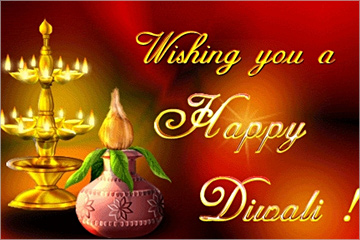
Its celebration includes millions of lights shining on housetops, outside doors and windows, around temples and other buildings in the communities and countries where it is observed.The festival preparations and rituals typically extend over a five-day period, but the main festival night of Diwali coincides with the darkest, new moon night of the Hindu Lunisolar month Kartika in Bikram Sambat calendar. In the Gregorian calendar, Diwali night falls between mid-October and mid-November.
Before Diwali night, people clean, renovate, and decorate their homes and offices.On Diwali night, people dress up in new clothes or their best outfit, light up diyas (lamps and candles) inside and outside their home, participate in family puja (prayers) typically toLakshmi - the goddess of fertility and prosperity. After puja, fireworks follow, then a family feast including mithai (sweets), and an exchange of gifts between family members and close friends. Deepavali also marks a major shopping period in nations where it is celebrated.
The name of festive days as well as the rituals of Diwali vary significantly among Hindus, based on the region of India. In many parts of India, the festivities start with Dhanteras (in Northern and Western part of India), followed by Naraka Chaturdasi on second day, Deepavali on the third day, Diwali Padva dedicated to wife-husband relationship on the fourth day, and festivities end with Bhai Doojdedicated to sister-brother bond on the fifth day. Dhanteras usually falls eighteen days after Dussehra.









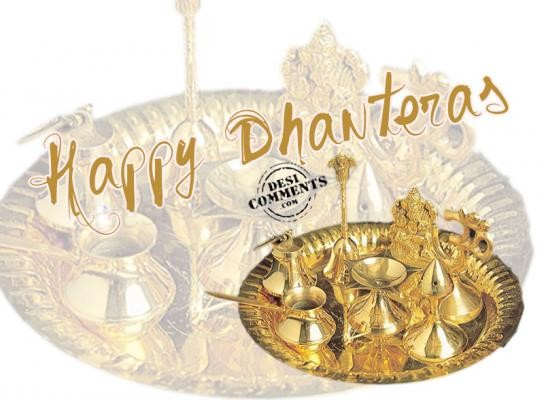

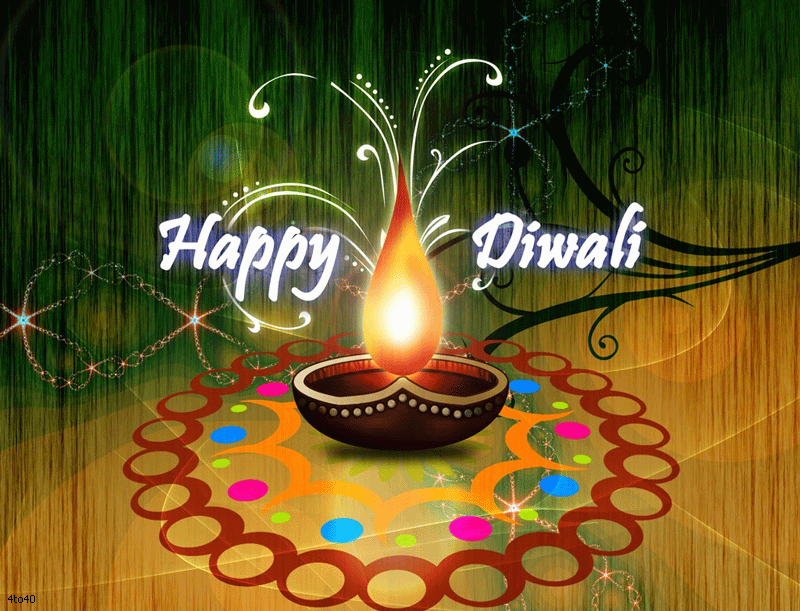
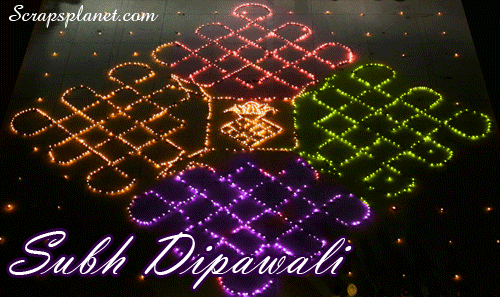








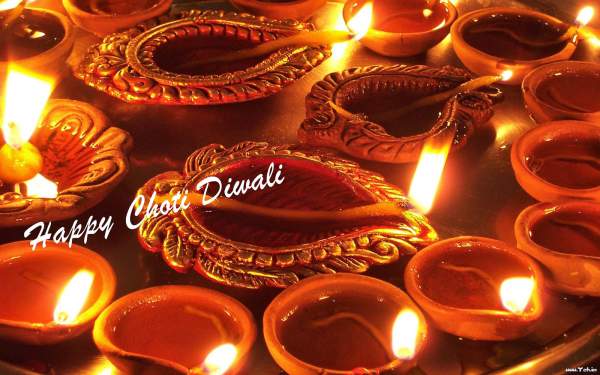










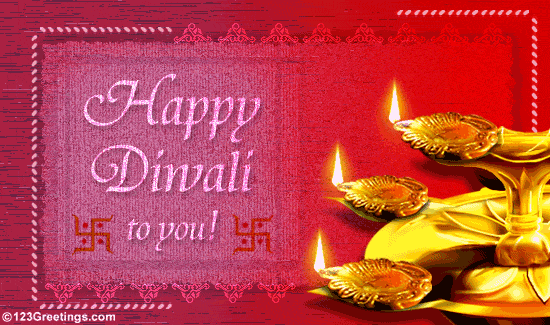
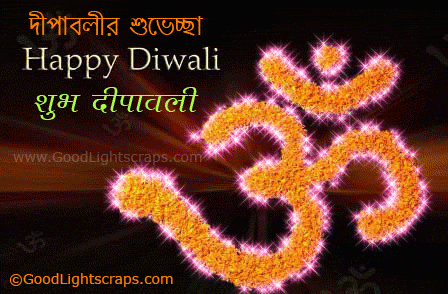
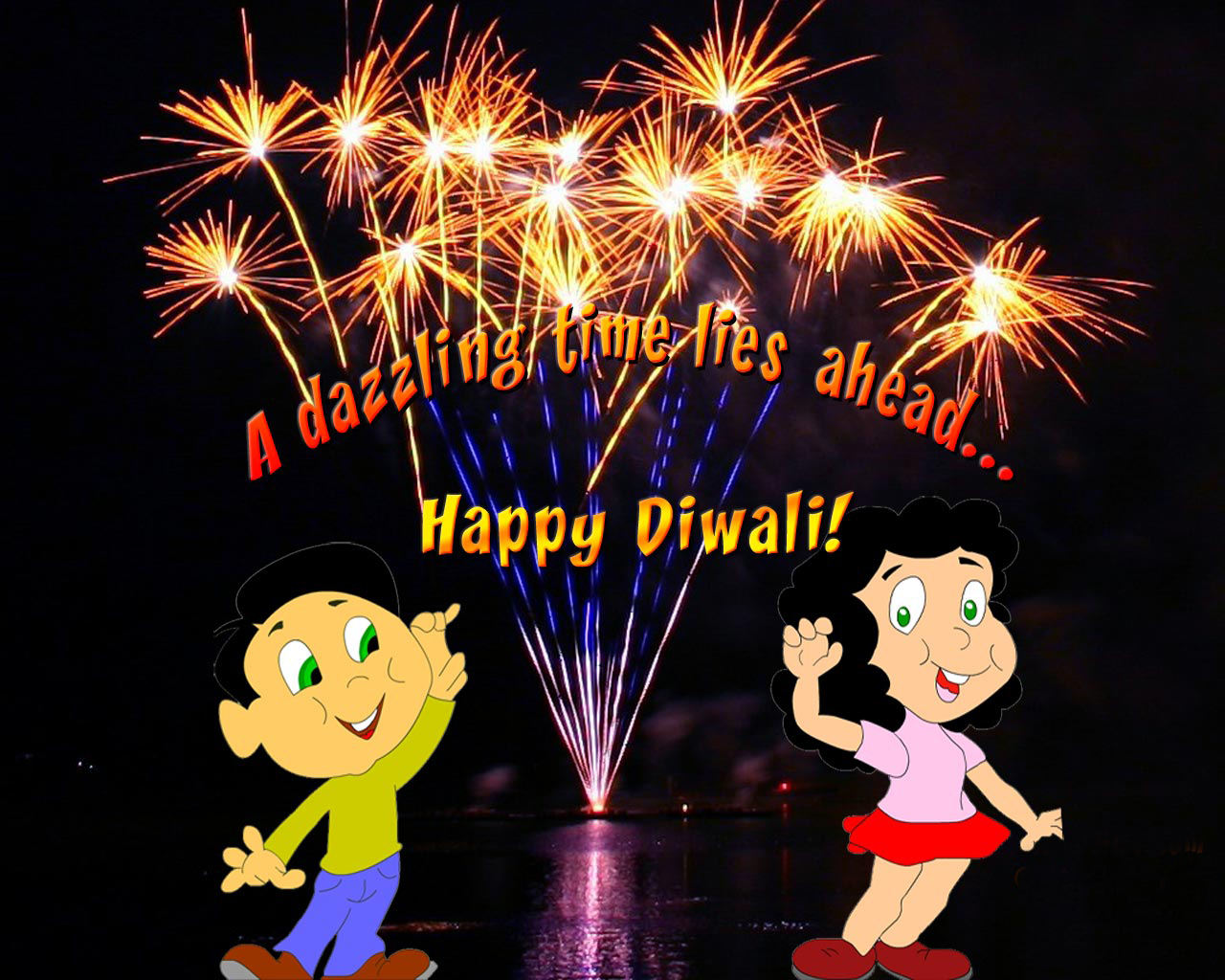

comment:
p_commentcount